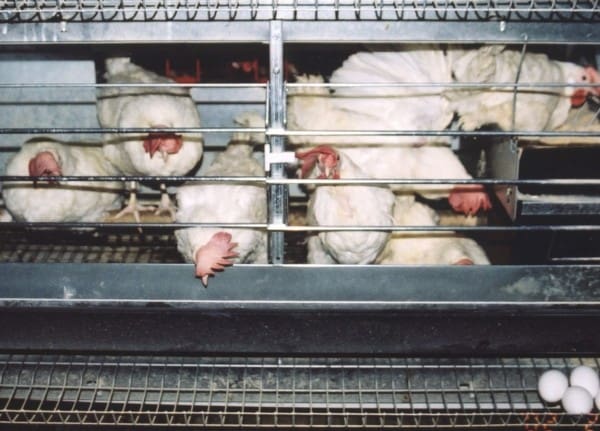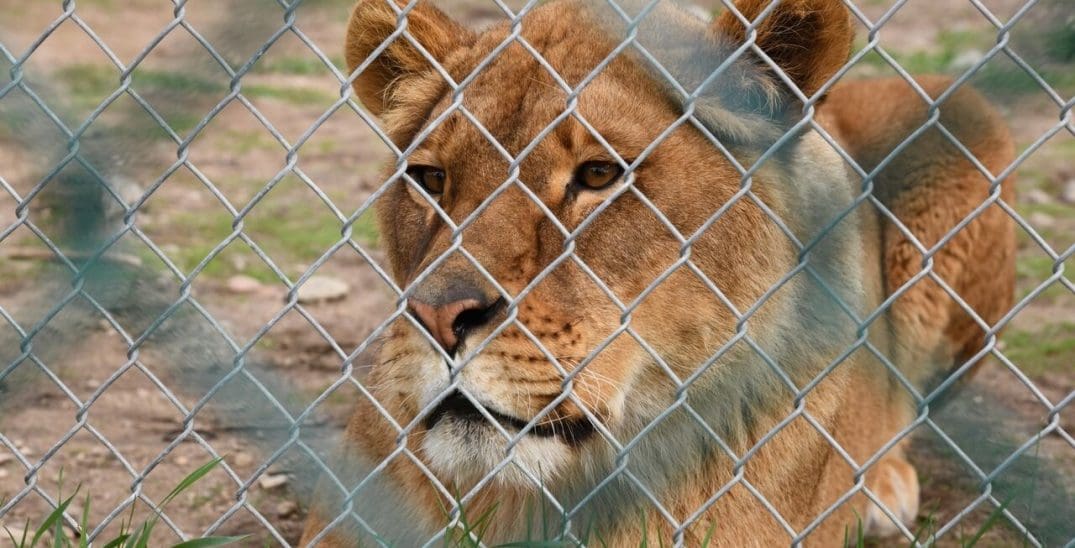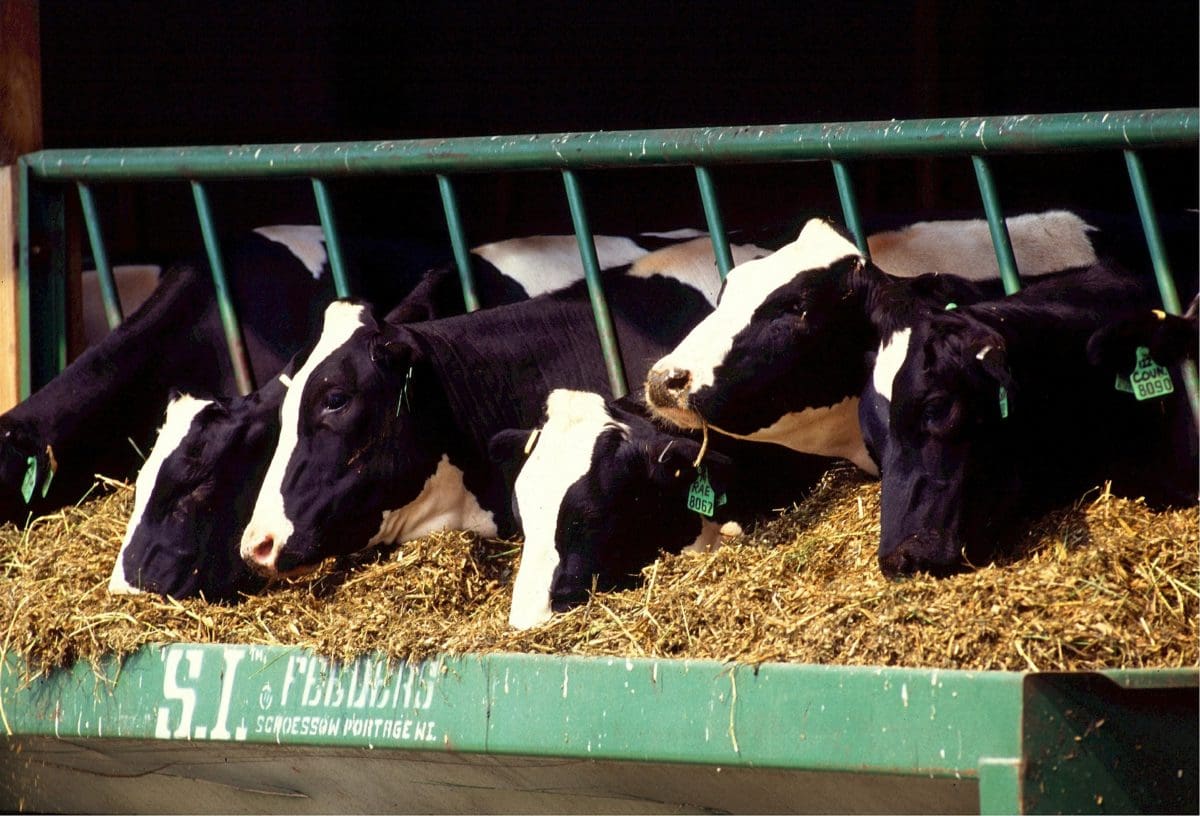Article originally published in the Georgia Straight.
There are few think tanks as serious and sober as Canada’s Institute for Research on Public Policy (IRPP) and the same could be said for its digital magazine Policy Options. Yet in July, there among the magazine’s weighty articles on economic productivity, NAFTA, and pension reform, was a piece titled “Plant-based diet should be central to national food policy”.
Such headlines used to be the preserve of animal-rights pamphlets and vegan websites, but during the last decade the case for a plant-based diet has entered new realms, gaining increased credibility along the way.
The Policy Options article, written by economist and agronomist Jean-Pierre Kiekens, argues that: “Changing our food habits would bring huge benefits, including disease prevention, healthy longevity, environmental protection, biodiversity conservation and climate change mitigation. The federal government is currently in the midst of a public consultation on a national food policy—it should consider a vigorous promotion of a plant-based diet.”
The arguments for eating less meat are not new, of course, but the sheer weight of evidence in favour of a shift away from animal protein has propelled the case for dietary change from the fringes of public discourse into the mainstream.
The scientific evidence establishing the environmental impact of global meat production has been clear ever since the United Nations published its landmark report Livestock’s Long Shadow in 2006, which concluded: “The livestock sector emerges as one of the top two or three most significant contributors to the most serious environmental problems, at every scale from local to global.”
Since then, further UN research has established that 14.5 percent of global greenhouse gas emissions are caused by the livestock industry. Many more scientific studies have identified animal agriculture as a major cause of water pollution, deforestation, biodiversity loss, antibiotic-resistant bacteria, and zoonotic infection diseases.
As the environmental studies on the impact of livestock production have piled up, so has the evidence of health risks associated with red meat consumption.
Meanwhile, the dismal animal welfare record of industrialized agriculture is regularly exposed to public scrutiny by many undercover investigations carried out by animal rights groups.
While the downsides of meat consumption and production have accumulated, the benefits of a plant-based diet have attracted more attention—and not just from foodies, vegan bloggers, and fad-following celebrities. Now, it’s health professionals, chefs, environmentalists, entrepreneurs, scientists, and investors who are promoting the shift toward meatless meals. Even the federal government is proposing to encourage Canadians to adopt a more plant-based diet in the new Canada Food Guide.
The American Dietetic Association and Dietitians of Canada have long supported a vegetarian diet as healthy but now mainstream medical groups are starting to adopt similar positions. In 2014, Dr. Kim A. Williams, President of the American College of Cardiology, made news when he revealed that he was vegan and recommended plant-based foods to his patients.
The trend has also brought economic opportunities, with plant-based start-ups emerging everywhere. Last year, a group of 40 investors managing $1.25 trillion in assets launched a campaign to encourage 16 global food companies to diversify into plant-based protein. In the U.S., the new Plant Based Food Association, with more than 80 company members, is set to challenge the lobbying power of the American meat industry.
As plant-based eating goes mainstream, the old image of healthy but bland hippie food has faded. Meatless cuisine has become popular and fashionable, and has even entered the upscale dining scene. A Washington Post food critic, in a glowing review of plant-based fine dining in Los Angeles, concluded: “Much of the meatless food I’ve been eating of late has been alarmingly good.”
Here in Vancouver, there has been a proliferation of plant-based eateries. A directory published by Earthsave Canada lists more than 115 vegan, vegetarian, and “veg-friendly” restaurants, cafés, and other retailers in Metro Vancouver. Meanwhile, 11 Vancouver schools have adopted Meatless Monday programs and the University of British Columbia recently launched Canada’s first plant-based culinary training summit for chefs and food service professionals. In June, four Metro Vancouver cities attracted praise from Sir Paul McCartney for endorsing Meatless Monday.
Meat is not about to disappear from our tables anytime soon, but there’s little doubt that the plant-based diet is an idea whose time has come. A growing number of plant-based food enthusiasts, from cooks to consumers, have seen the future—and it tastes good.




